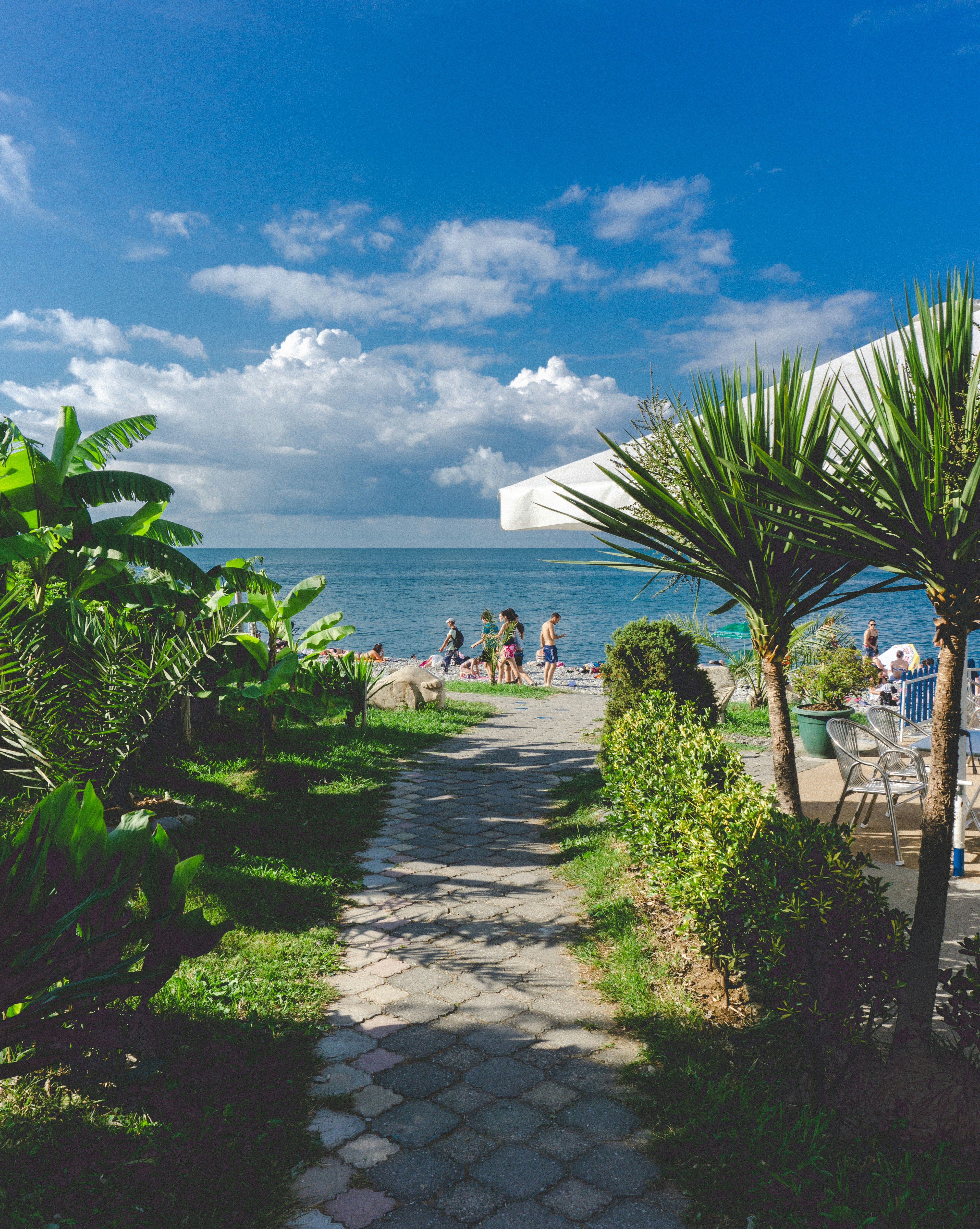Islands Thriving Without Crowds: Svalbard, Chios, El Hierro – European Destinations Escaping Mass Tourism
In Europe, the blossoming tourism industry has proved both a blessing and a curse for its most popular islands. As migrants flock to these idyllic paradises, the limited land and delicate infrastructure struggle to accommodate the influx, leading to protests and calls for action.
A new analysis by BookRetreats.com delves into the hotspots most swamped by tourists, and those quietly modeling a more sustainable approach. The report reveals Malta as the European island most saturated with tourism, followed closely by several Spanish islands such as the Canary Islands and the Balearic Islands.
The tiny nation of Malta, covering just 316 square kilometers, receives an overwhelming 38,700 overnight stays per square kilometer, five times more than London. This intense tourism load places immense pressure on the environment and infrastructure, with visible impacts at popular sites like Comino's Blue Lagoon, which sees up to 12,000 visitors daily in summer.
Predictably, the Canary Islands, known for their sunshine and golden beaches, rank high in the study. Lanzarote tops the list with 21,600 overnight stays per square kilometer, followed by Tenerife, Gran Canaria, and the usually quieter Fuerteventura.
Yet, this tourism boom is not reaping equal benefits for locals. Protests have arisen across the Canary Islands, as people clamor for caps on visitor numbers, stricter controls on short-term rentals, and protection of the Canarian culture.
The Balearic Islands, famous for their turquoise waters and lively nightlife, are also grappling with the scale of tourism, particularly Ibiza and Formentera, which now record over 17,000 overnight stays per square kilometer.
However, not all hope is lost. Several Northern European islands, such as Åland in Finland, Sweden's Gotland, and Svalbard offer examples of sustainable tourism models that benefit residents. Svalbard stands out with its minimal 2.4 overnight stays per square kilometer, making it the least crowded island destination in Europe.
In Greece, the island of Chios, inside the top five largest Greek islands, avoids overtourism due to its economic self-sufficiency and focus on small, family-run accommodations and preserving cultural heritage.
For those tempted by the allure of the Canary Islands, El Hierro stands out as the least crowded, with only 610 overnight stays per square kilometer. The island maintains intentional small-scale tourism, owing to limited travel options, limited accommodations, and a focus on environmental protection, self-sufficiency, and renewable energy.
With careful planning, sustainable tourism can still flourish while preserving these precious islands' delicate environments and supporting the communities who call them home.
In the wake of the analysis by BookRetreats.com, it appears that while some European islands, like the Canary Islands, are overwhelmed with tourism, leading to environmental strain and cultural concerns, others, such as El Hierro in the Canary Islands, are championing a more sustainable approach to tourism, promoting environmental protection, self-sufficiency, and renewable energy. Furthermore, this shift towards environmental science in lifestyle choices, including travel, becomes increasingly essential for the preservation of the environment and the well-being of the local communities on these islands.




